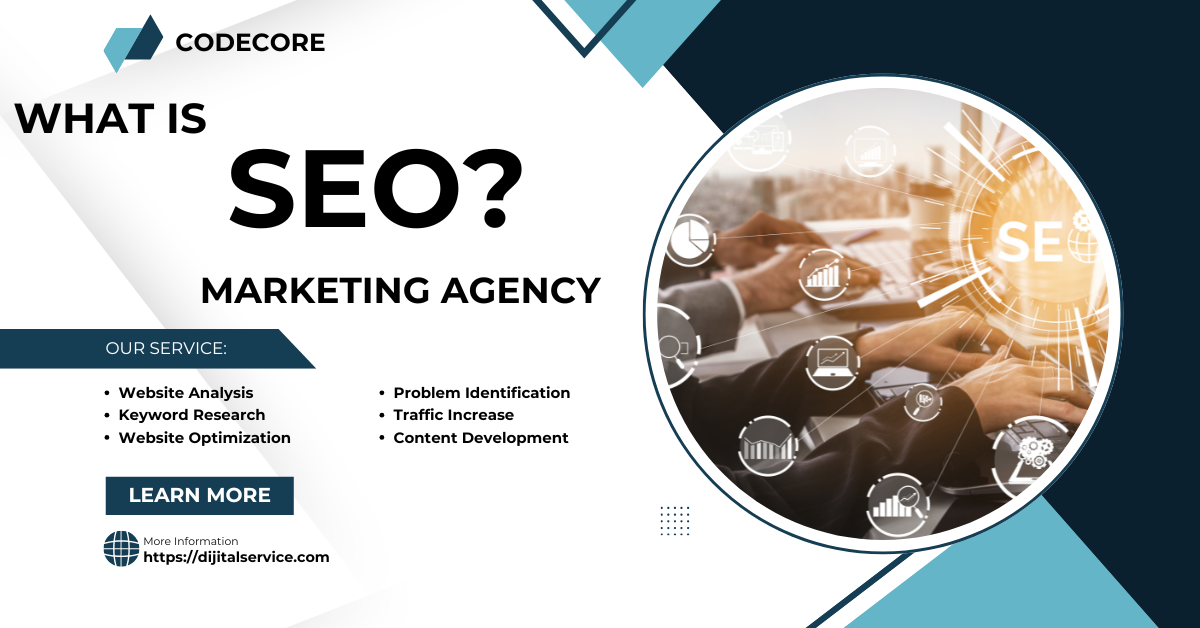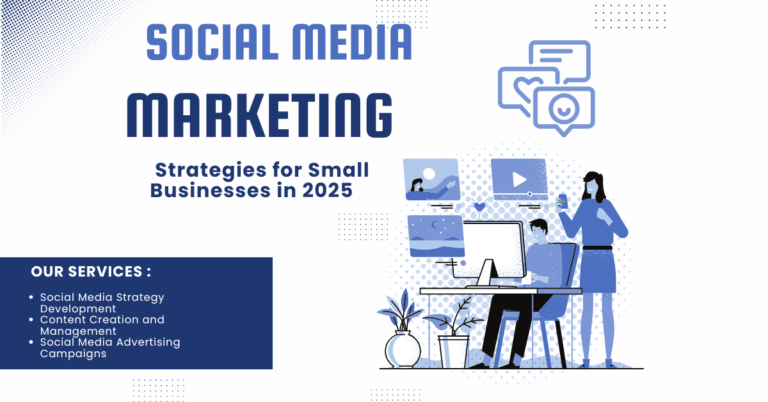Introduction
In today’s world of the digital-first world, it is not enough to have a website. If your potential customers cannot find you in search engines like Google, you lack valuable operation and business.
There comes SEO (Search Engine Optimization). SEO is one of the most powerful and effective digital marketing strategies that help businesses improve visibility, attract targeted operation and grow their brand online.
In this complex guide, we will explain what SEO is, why it matters, how it works and how you can start optimizing your website today.
What is SEO?
SEO (Search Engine Optimization) is the process of optimizing your site and content so it appears higher in search engine results (like Google, Bing or Yahoo) for the appropriate keywords. When someone is looking for a product, service or information about your company, SEO ensures that your site appears on the first page—ideally at the top results.
Unlike paid ads, SEO focuses on organic (unpaid) traffic, making it a long-term strategy with permanent benefits.
Why is SEO Important?
1. Increased Visibility and Website Traffic
Most users never go beyond the first page of Google. SEO helps your site to appear in the top results, leading to more clicks and visitors.
2. Higher Credibility and Trust
Websites that rank higher are often considered more trustworthy and authoritative. Good SEO includes quality content, a secure site structure, and a strong user experience—all building confidence.
3. Cost-Efficient Marketing
Unlike paid ads that stop working when your budget ends, SEO continues to bring in traffic over time—with minimal investment.
4. Better User Experience
SEO is not just about keywords. It also includes improving web speed, mobile-friendliness, and navigation—all of which enhance user experience.
5. Long-Term Results
SEO is a long-term game. The results may take time, but are more sustainable than paid traffic and build a solid foundation for your online brand.
How Does SEO Work?
Search engines like Google use comprehensive algorithms to determine which websites should be displayed for a specific query. SEO helps align your site with these algorithms through:
1. Crawling and Indexing
Search engines use bots (also called spiders or crawlers) to scan your site. They collect data and store it in their index.
2. Ranking
When someone searches for something, search engines pull out relevant results from their index and rank them based on hundreds of factors—such as content quality, backlinks, user behavior, and website performance.
Key Components of SEO
To succeed in SEO, focus on the three core areas:
1. On-Page SEO
This includes everything you control on your website:
- Keyword Research – Find the right keywords your audience is searching for.
- Meta Titles and Descriptions – Write compelling, keyword-rich snippets.
- Header Tags (H1, H2, H3) – Structure content properly.
- Internal Linking – Link related content on your site.
- Image Optimization – Use ALT text and compress images for faster loading.
2. Off-Page SEO
These are activities outside your website that impact ranking:
- Backlinks – Links from other reputable websites.
- Guest Blogging – Write content for other sites for exposure and backlinks.
- Social Sharing – Boost visibility and drive traffic from social media.
3. Technical SEO
Ensures that search engines can access and index your site efficiently:
- Fast Loading Speed
- Mobile-Friendly Design
- SSL Security (HTTPS)
- XML Sitemap
- Structured Data (Schema Markup)
SEO in 2025: What is Changing?
SEO is constantly evolving. In 2025, keep up with these key trends:
- AI-Driven Search – Tools like Google’s Search Generative Experience (SGE) and Summary AI are changing how people interact with search results.
- Voice Search – Optimize for natural language queries made through smart assistants.
- User Intent Focus – It’s not just about keywords anymore. Your content must match the intent behind a search—informational, transactional, or navigational.
- Core Web Vitals – Google now considers performance signals like speed, interactivity, and visual stability in rankings.
How to Start with SEO
Here’s a basic SEO roadmap to get started:
1. Identify Your Target Keywords
Use tools like Google Keyword Planner, Ubersuggest, or Ahrefs to find keywords with good search volume and low competition.
2. Optimize Your Website
Include keywords naturally in page titles, headings, URLs, and content. Make sure your site is mobile-friendly and loads quickly.
3. Create High-Quality Content
Answer real questions your audience has. Provide value through blogs, guides, and case studies.
4. Build Backlinks
Reach out to websites in your niche for guest posts or linking opportunities. Backlinks signal authority to Google.
5. Monitor and Improve
Use Google Analytics and Search Console to track your rankings, traffic, and site performance. Adjust your strategy as needed.
Common SEO Mistakes to Avoid
- Keyword Stuffing – Using keywords unnaturally can harm readability and ranking.
- Duplicate Content – Always create original, valuable content.
- Ignoring Mobile Users – Most traffic is mobile. Optimize accordingly.
- Skipping Technical SEO – Issues like broken links or slow speed can hurt your performance.
- Expecting Immediate Results – SEO takes time. Be patient and consistent.
Final Thoughts
SEO is the foundation of any successful digital presence. It not only helps your business get found online but also builds credibility, drives long-term traffic, and strengthens your brand presence. Start investing in SEO today for sustainable growth in 2025 and beyond.





